You mop the floors, fluff the pillows, and light a candle—but your home still somehow feels messy. That’s because true tidiness isn’t just about cleanliness; it’s also about visual clutter. Even well-kept homes can look chaotic thanks to a few overlooked habits or design choices. If you’ve ever wondered why your space feels “off” no matter how much you clean, these common culprits could be to blame.
1. Too Many Throw Pillows
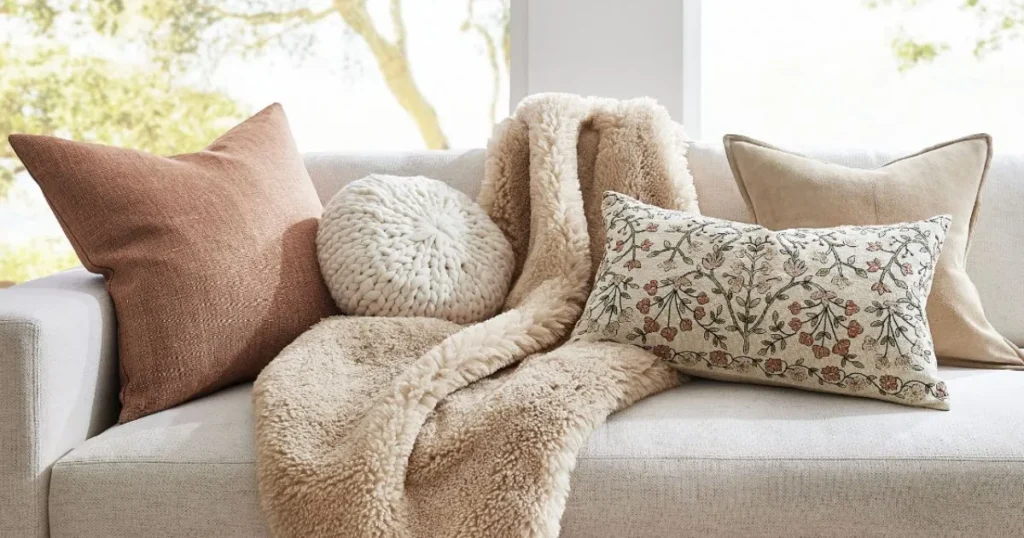
According to interior designers interviewed by HGTV, an excess of throw pillows can make even the sleekest sofa look overcrowded. While a few add comfort and style, too many just create visual noise. It’s a classic case of decor becoming distraction. And they tend to end up tossed on the floor anyway.
Try limiting yourself to two or three pillows in complementary colors or textures. Anything more starts to feel like overkill. If you like to switch things up seasonally, just swap covers instead of adding more. Less really is more when it comes to soft accessories.
2. Overfilled Bookshelves
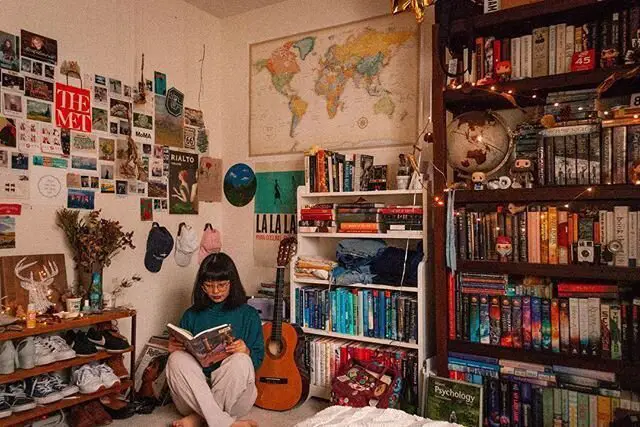
Design experts at Architectural Digest warn that tightly packed or overdecorated bookshelves can quickly veer into cluttered territory. When every inch of shelving is filled, your eye has nowhere to rest. And when you add framed photos, candles, and souvenirs on top of the books, it gets even busier. Even well-curated collections can look chaotic without breathing room.
Instead, try leaving 20–30% of your shelf space empty. Group books by color or height to create visual cohesion. Use a few decorative items as accents—not focal points. The goal is to balance storage with style.
3. Countertop Appliances
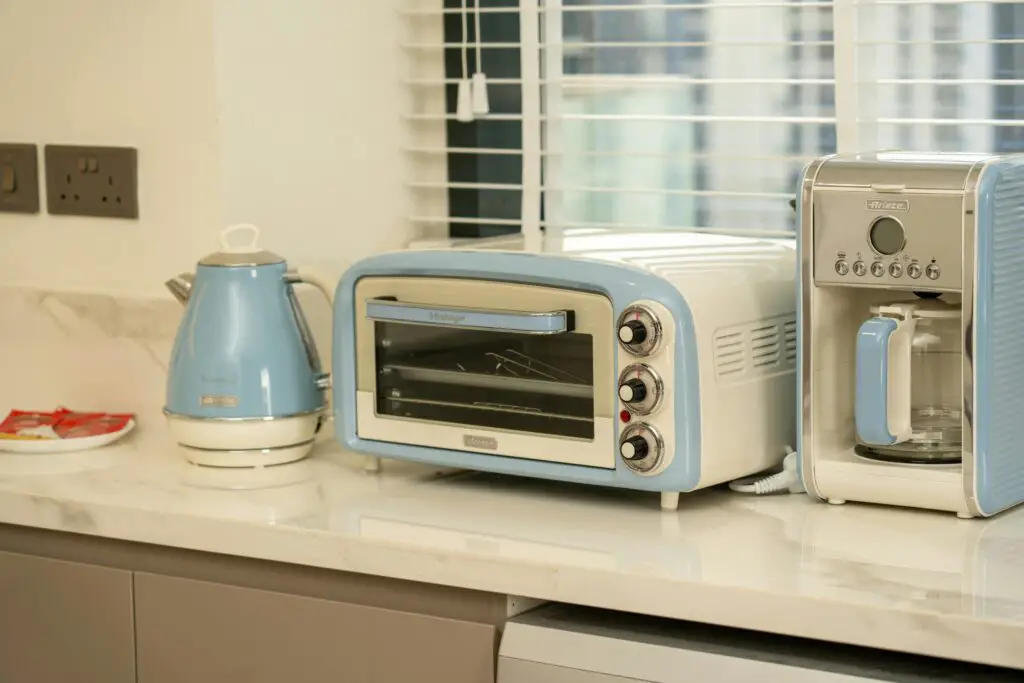
As Good Housekeeping points out, even clean countertops can look messy when they’re covered in small appliances. Toasters, blenders, air fryers, and coffee machines all fight for attention. And while they’re useful, keeping them all out at once makes kitchens feel crowded. It also reduces your workspace, even if the surfaces are spotless.
Stow away what you don’t use daily. Invest in appliance garages or create designated cabinet space. If it hasn’t been used in a week, it probably doesn’t need to live on your counter. A little white space goes a long way.
4. Gallery Walls Gone Wild

According to Real Simple, gallery walls can either add charm or chaos—depending on how they’re arranged. Too many small frames, mismatched styles, or overlapping visuals create sensory overload. When there’s no clear focal point, the whole thing feels disorganized. Ironically, a wall filled with personal memories can make a room feel less welcoming.
To fix it, pare down your gallery to a few larger frames with cohesive styling. Stick to a consistent color scheme for photos or art. Use equal spacing to bring a sense of order. And don’t be afraid to leave part of the wall blank.
5. Cords and Chargers Everywhere
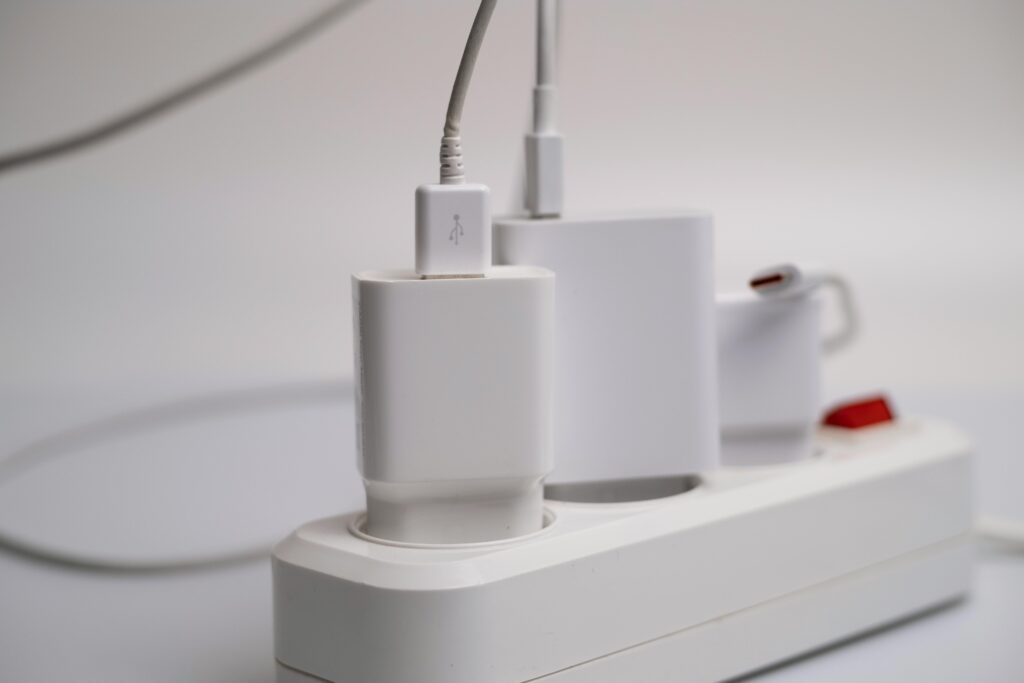
Even in a sparkling-clean room, a tangle of cords can ruin the whole vibe. Phone chargers, extension cords, gaming consoles—these modern necessities often end up sprawled across floors and surfaces. They’re a common eyesore in living rooms, offices, and bedrooms alike. And once you notice them, you can’t unsee them.
Use cord organizers, under-desk trays, or cable clips to hide the mess. Better yet, switch to wireless options where possible. For chargers, create a discreet charging station out of sight. Your eyes (and guests) will thank you.
6. Open Storage Bins
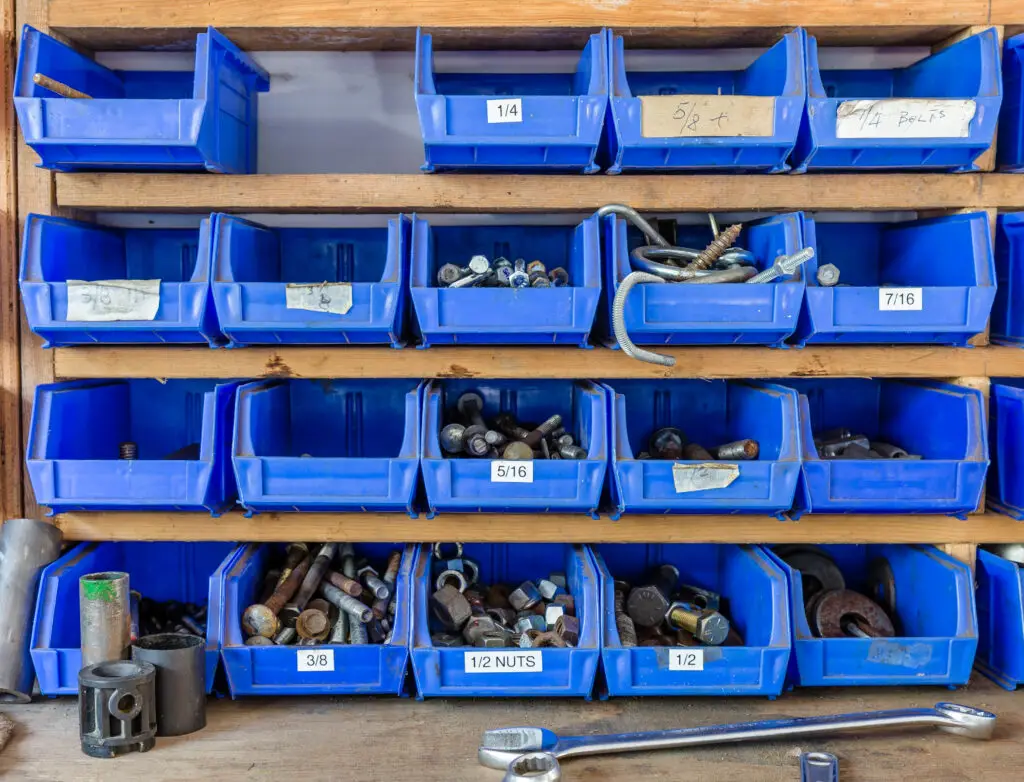
Bins and baskets are often recommended as clutter-busters—but only if they’re used correctly. When they’re left open and overflowing, they can make things look worse. Seeing all the “stuff” piled up draws attention to the mess. It’s a storage method that only works if it’s visually contained.
Opt for bins with lids or tucked into cabinets instead. Use matching containers to create uniformity. Label them for easy access without rummaging. And purge them regularly so they don’t become junk drawers in disguise.
7. Mismatched Hangers in Closets

Closets may be hidden from guests, but they can still affect how tidy your home feels—especially if they’re shared or left ajar. Mismatched hangers create an instantly chaotic look, even when clothes are perfectly hung. Different shapes, materials, and sizes add visual clutter. And oddly enough, it makes getting dressed more stressful.
Invest in a set of uniform hangers. Wood, velvet, or plastic—just pick one and stick with it. Your clothes will hang better and your closet will look instantly neater. Small upgrade, big impact.
8. Refrigerator Covered in Paper
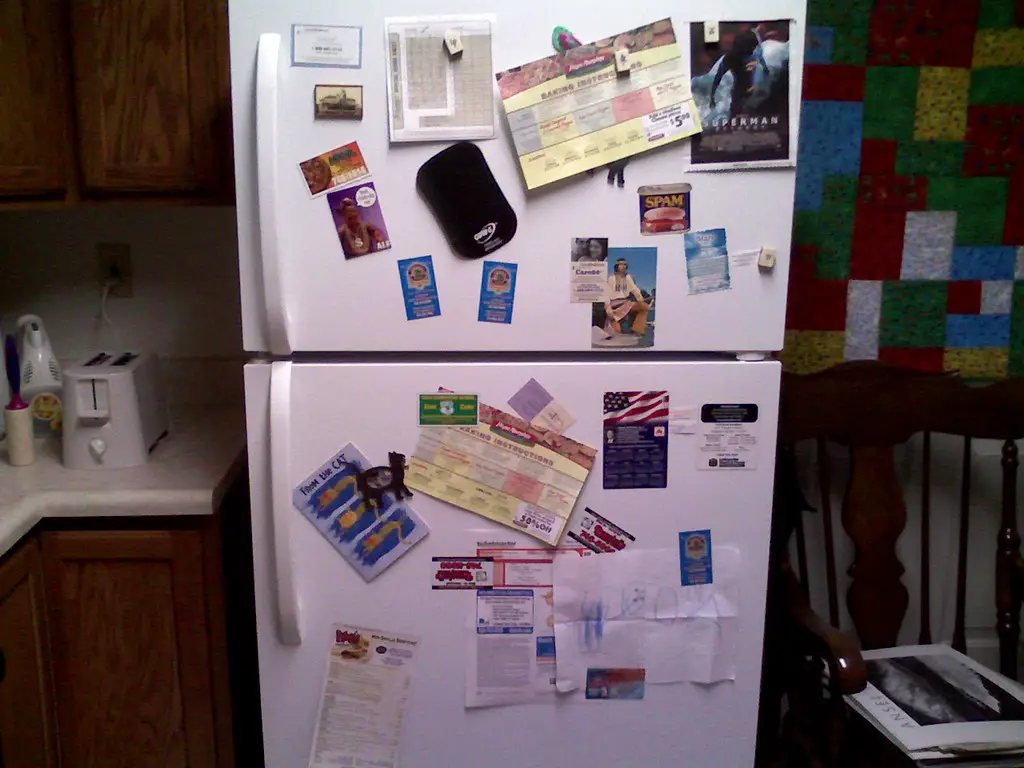
Kids’ artwork, appointment reminders, magnets from five vacations ago—it all tends to live on the fridge. And while some of it is sentimental, too much turns your kitchen into a bulletin board. It’s distracting, outdated, and often dusty. Plus, it steals attention from a sleek appliance you probably paid good money for.
Choose just a couple of meaningful pieces to display. Rotate artwork monthly or use a corkboard in a hallway instead. Clear containers on the counter can hold school forms or mail. Your fridge—and your whole kitchen—will feel calmer.
9. Excessive Open Shelving
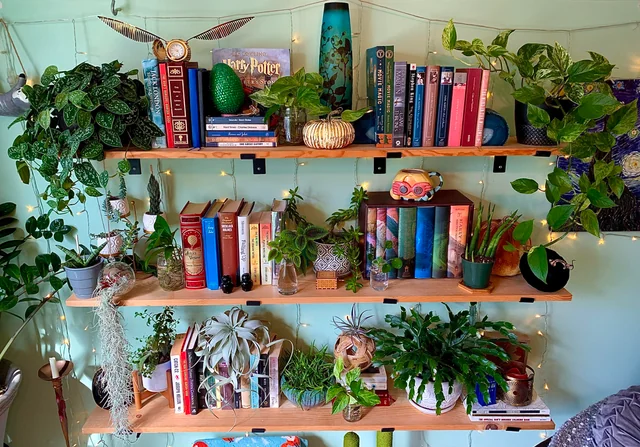
Open shelving can look gorgeous, but only if it’s styled with care. When every shelf is loaded with dishes, glassware, and spices, the effect turns messy fast. Unlike cabinets, these displays need editing to feel intentional. Otherwise, it’s just another place for things to pile up.
Try using a mix of closed and open storage. Limit each shelf to 3–5 items with negative space in between. Use neutral tones or matching sets for harmony. And remember—it’s okay to keep some things behind closed doors.
10. Rugs That Are Too Small
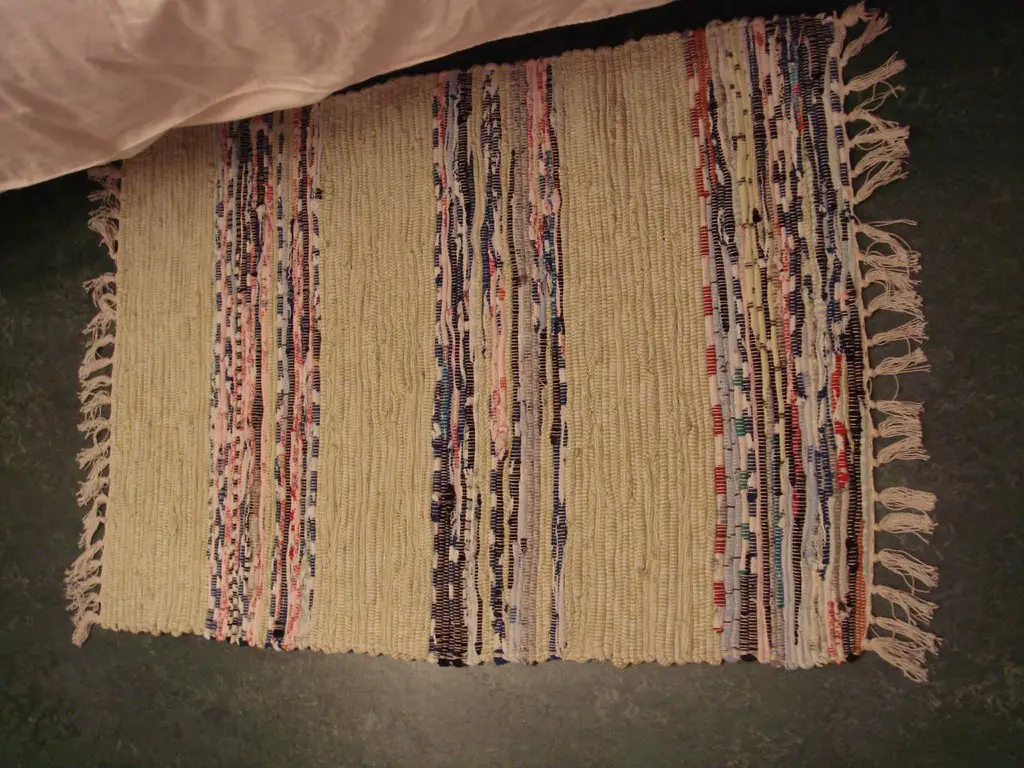
A tiny rug floating in the middle of a room can make the whole space feel disconnected. It chops up visual flow and draws attention to the furniture’s placement in a bad way. Even if your floors are spotless, the imbalance can make the room feel unfinished. It’s a design faux pas that reads as “cluttered” to the eye.
Choose a rug that’s large enough to anchor your furniture. Ideally, the front legs of all seating should sit on it. Bigger is usually better—especially in open-plan rooms. This one change can bring harmony back to your space.
11. Too Many Personal Care Products on the Sink
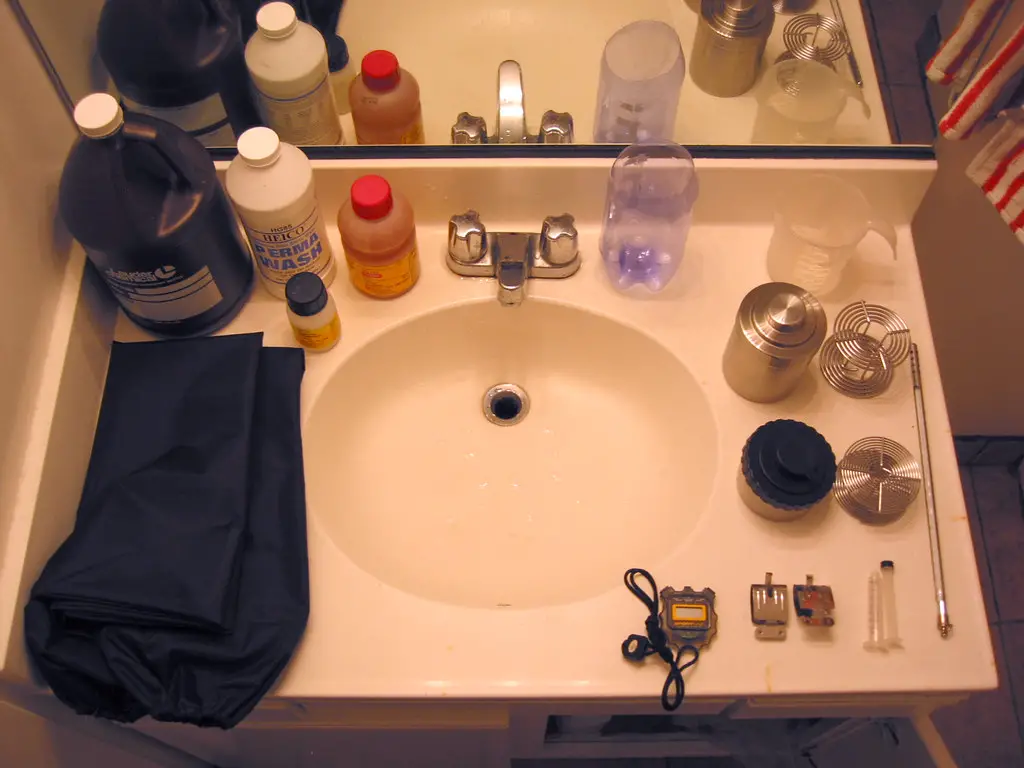
Your bathroom might be sparkling clean, but a countertop covered in skincare, toothpaste, and brushes ruins the effect. It starts to feel more like a store shelf than a personal sanctuary. Even neatly lined-up items can overwhelm a small space. And moisture often adds to the visual chaos.
Stash daily products in a drawer or caddy that can be tucked away. Keep only the essentials out—maybe a soap dispenser and one decorative item. A minimalist approach feels more luxurious, not less. Plus, it makes cleaning so much easier.
12. Seasonal Decor That Overstays Its Welcome
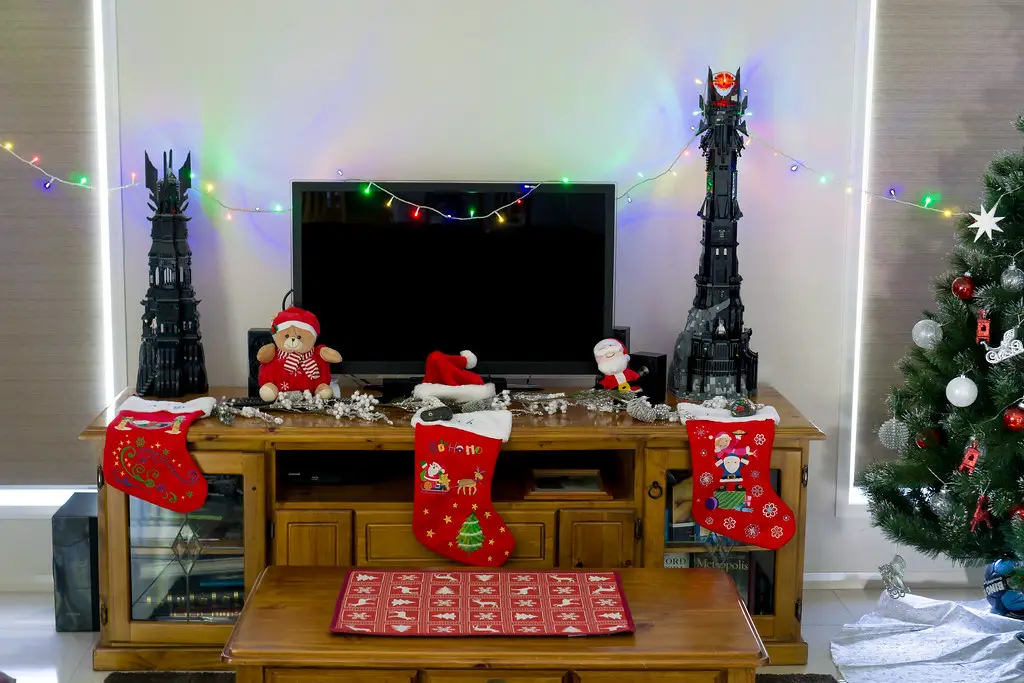
Pumpkins in February? Holiday lights still up in April? It happens. But seasonal decor can start to feel like clutter once the moment has passed.
Rotate decorations promptly to keep your home feeling fresh. Choose timeless accents over theme-heavy ones when possible. Store off-season items in labeled bins to avoid overflow. This habit alone can make your space feel 10x more organized.
13. Too Much Wall Decor
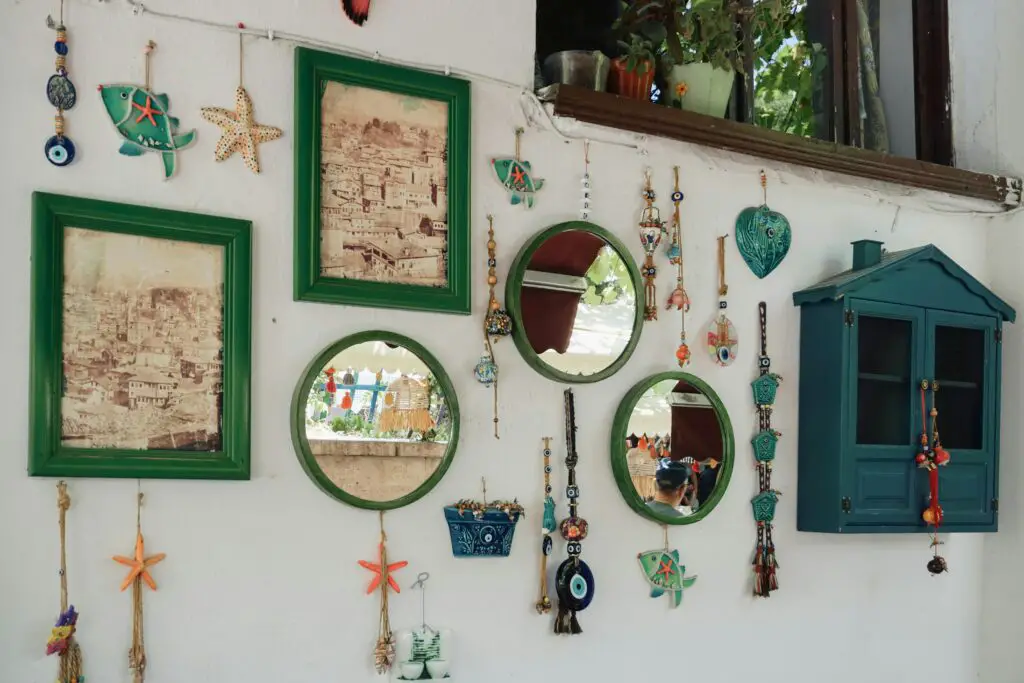
Wall art is great—but when every inch is covered, it becomes overwhelming. A crowded wall makes a room feel smaller and busier, even if it’s clean and tidy. It’s a common mistake in small spaces where people try to decorate “up.” But without restraint, it turns into visual overload.
Leave some walls blank or stick to one focal point per room. Large-scale art tends to feel calmer than several small pieces. Stick to a cohesive theme or palette. Let your walls breathe—your room will too.
14. Multiples of the Same Item
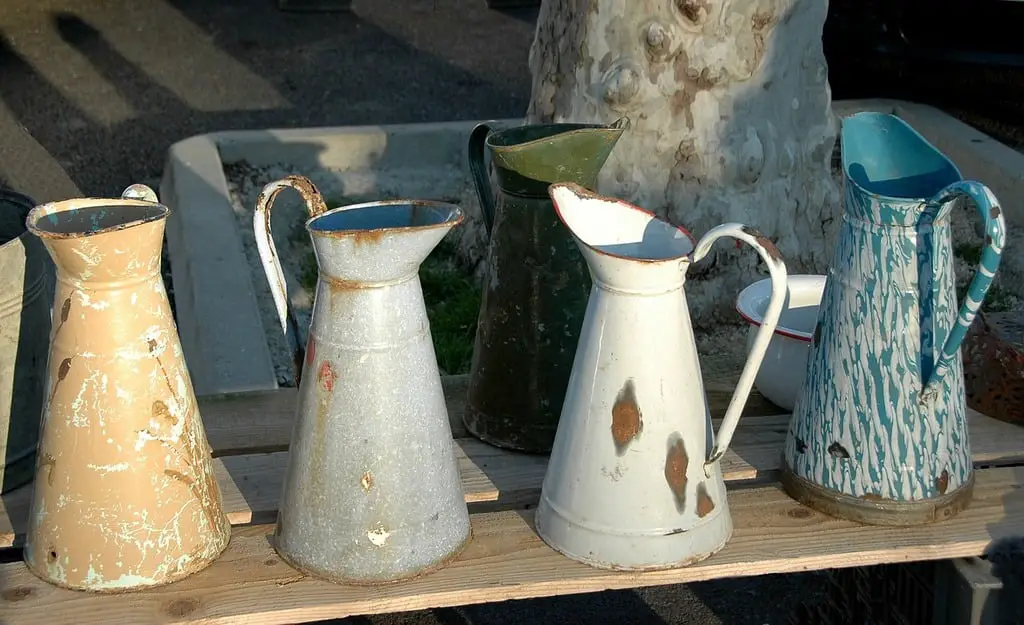
How many vases, candles, or decorative trays do you really need on display? Having multiples of the same kind of item scattered around a room makes it feel cluttered, even if everything is clean. It’s a common result of collecting or over-decorating. But too much of a good thing can dilute your style.
Try gathering similar items together in one place. Or rotate them seasonally to keep things fresh without overwhelming shelves and tables. Editing your collection is just as important as curating it. Showcasing a few favorites packs more punch.
15. Overflowing Entryways
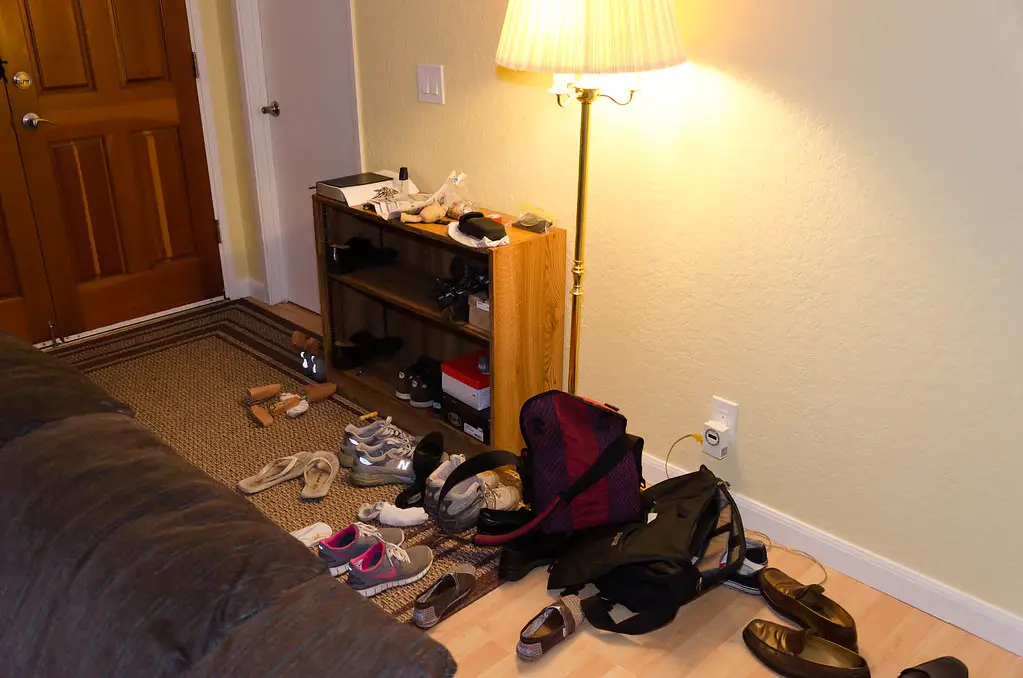
Your entryway sets the tone for your entire home—and it’s often the most neglected space. Shoes, bags, mail, and coats pile up quickly, turning the area into a mini disaster zone. Even with regular cleaning, the visual clutter can be intense. And first impressions matter.
Add hooks, baskets, or a small cabinet to contain the essentials. Try a “one in, one out” rule for coats and shoes. Keep surfaces clear and add a mirror to bounce light and open things up. A tidy entryway makes the whole house feel more put together.
